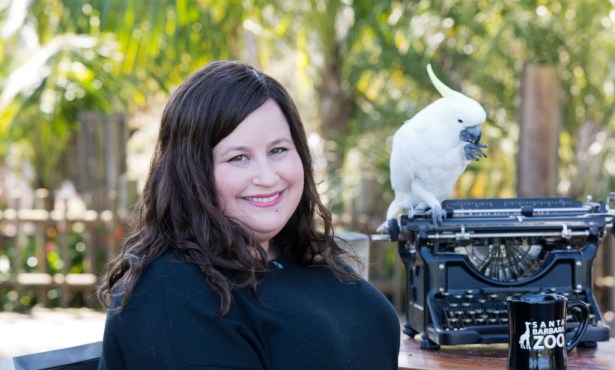Sea Otters Sue State Water Resources Control Board
Lawsuit Alleges Delay of Illegal Agricultural Regulations
In March of this year the Regional Water Quality Control Board unanimously passed progressive new regulations (the Conditional Waiver of Waste Discharge Requirements for Discharges from Irrigated Agriculture; also known as the Ag Order or Ag Waiver) to protect the public and the environment from agricultural pollution. The regulations included certain monitoring and reporting requirements that are essential to be consistent with State Law. State law requires:
“Monitoring requirements shall be designed to support the development and implementation of the waiver program, including, but not limited to, verifying the adequacy and effectiveness of the waiver’s conditions… Monitoring results shall be made available to the public.”
In September the State Water Resources Control Board issued a “stay” delaying the implementation of various parts of the RWQCB’s new regulations. Specifically, the State Board “stayed” the Regional Board’s requirement 44g:
44. By October 1, 2012, Dischargers must develop a farm water quality management plan (Farm Plan), or update the Farm Plan as necessary, and implement it to achieve compliance with this Order. Farm Plans must be kept current, kept on the farm, and a current copy must be made available to Central Coast Water Board staff, upon request. At a minimum, Farm Plans must include:
g. Description and results of methods used to verify practice effectiveness and compliance with this Order (e.g., water quality sampling, discharge characterization, reductions in pollutant loading).
“The State Water Resources Control Board cannot deliberately choose to ignore the requirements of state law, and effectiveness monitoring and reporting is clearly required by state law,” said Steve Shimek, executive director of The Otter Project. “To ignore public monitoring and reporting requirements is inviting the fox into the henhouse; the regulatory agencies and public will have no idea if growers are doing anything to control their pollution.”
Central Coast surface and ground waters are some of the most polluted in the State according to the State Water Resources Control Board.[i] Fifty-six percent of Central Coast monitoring sites indicate the water is “toxic” and 22-percent of sites are “highly toxic.” A 2012 report to the California Legislature found that “[I]n California’s Tulare Lake Basin and Salinas Valley, roughly 254,000 people are currently at risk for nitrate contamination of their drinking water” and “over 1.3 million people are financially susceptible because nitrate in raw source water exceeds the MCL [maximum contaminant level], requiring actions by drinking water systems.”[ii] By far, the greatest contributor to the contamination is irrigated agriculture.
“Nearly all of the streams that exhibit high levels of nutrient contamination and toxicity in southern Santa Barbara County are in areas downstream of irrigated agriculture,” said Ben Pitterle, Santa Barbara Channelkeeper’s Watershed Programs Director. “The problem is severe and pervasive, and the basic monitoring requirements in question are elemental to ensuring that improvements are made.”
San Luis Obispo Coastkeeper Gordon Hensley commented “the single provision we have challenged is simply necessary to demonstrate whether the conditions required of irrigated ag operations work.”
In recent years dozens of sea otters have washed ashore dead, killed by the toxic blue-green algae, microcystis; microcystis blooms in nutrient enriched waters. The regulations passed by the RWQCB would have taken steps to control agricultural nutrient pollution. In addition, sea otters carry huge burdens of the agricultural legacy pesticide DDT. The regulations would have slowed the transport of DDT into the ocean.
For more information about pollutions issues and sea otters, visit The Otter Project’s website click here.
###
For more information contact:
Steve Shimek, The Otter Project, 831-646-8837 (work) or 831-241-8984 (cell) or exec@otterproject.org
Gordon Hensley, San Luis Obispo Coastkeeper, 805-781-9932, coastkeeper@epicenteronline.org
Ben Pitterle, Santa Barbara Channelkeeper, (805) 563-3377 ext. 3, ben@sbck.org
Bill Jennings, CA Sportfishing Protection Alliance, 209-464-5067, deltakeep@me.com

